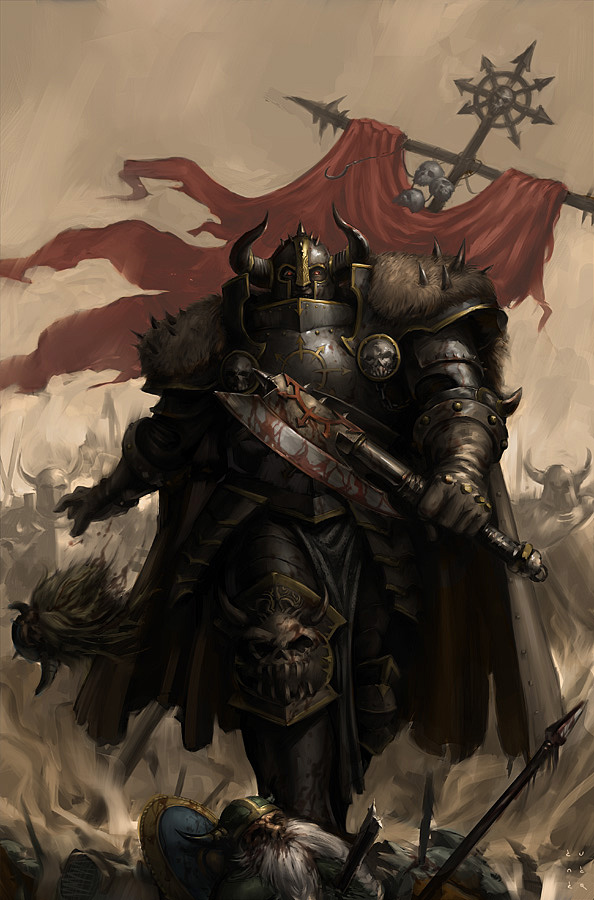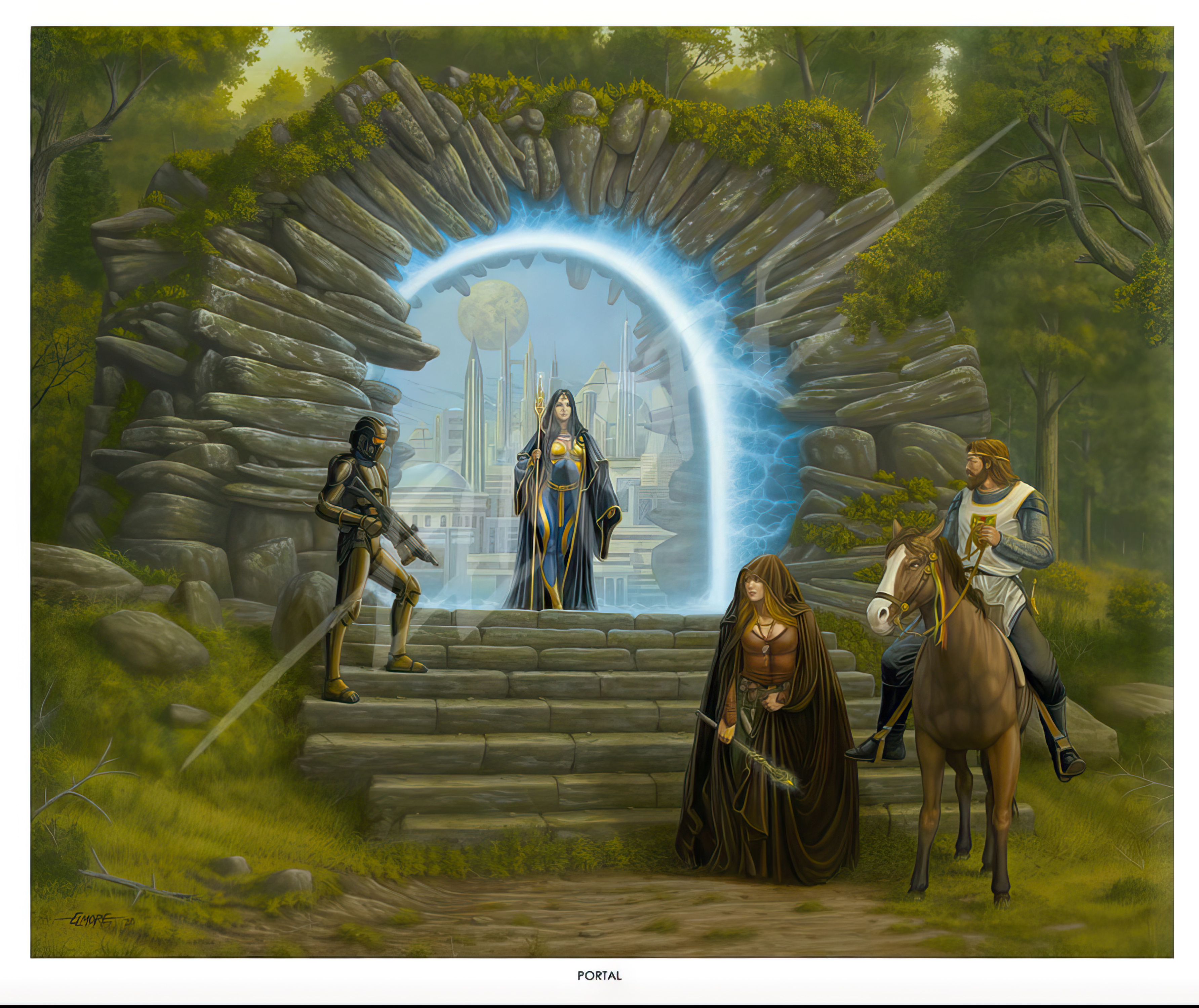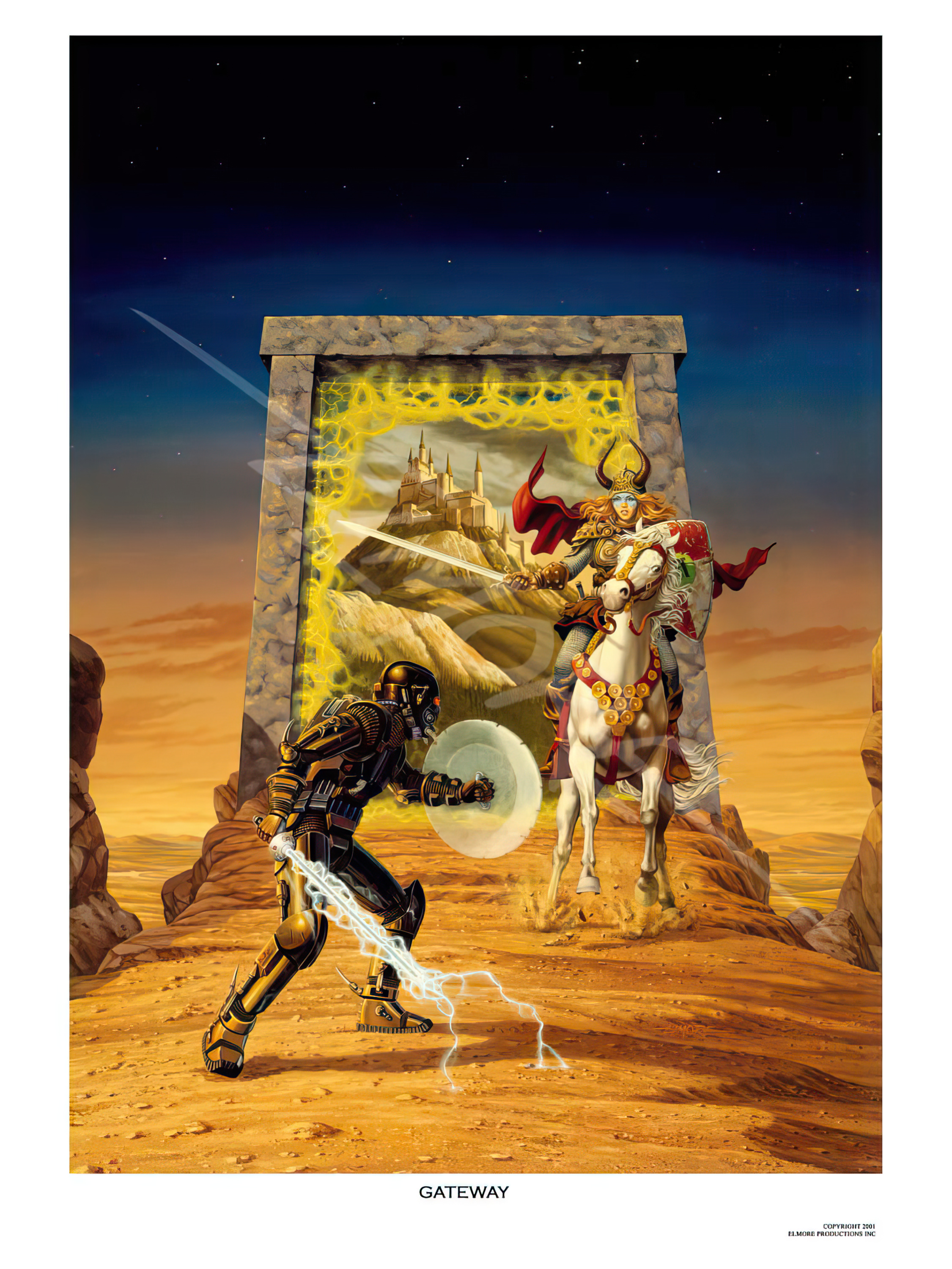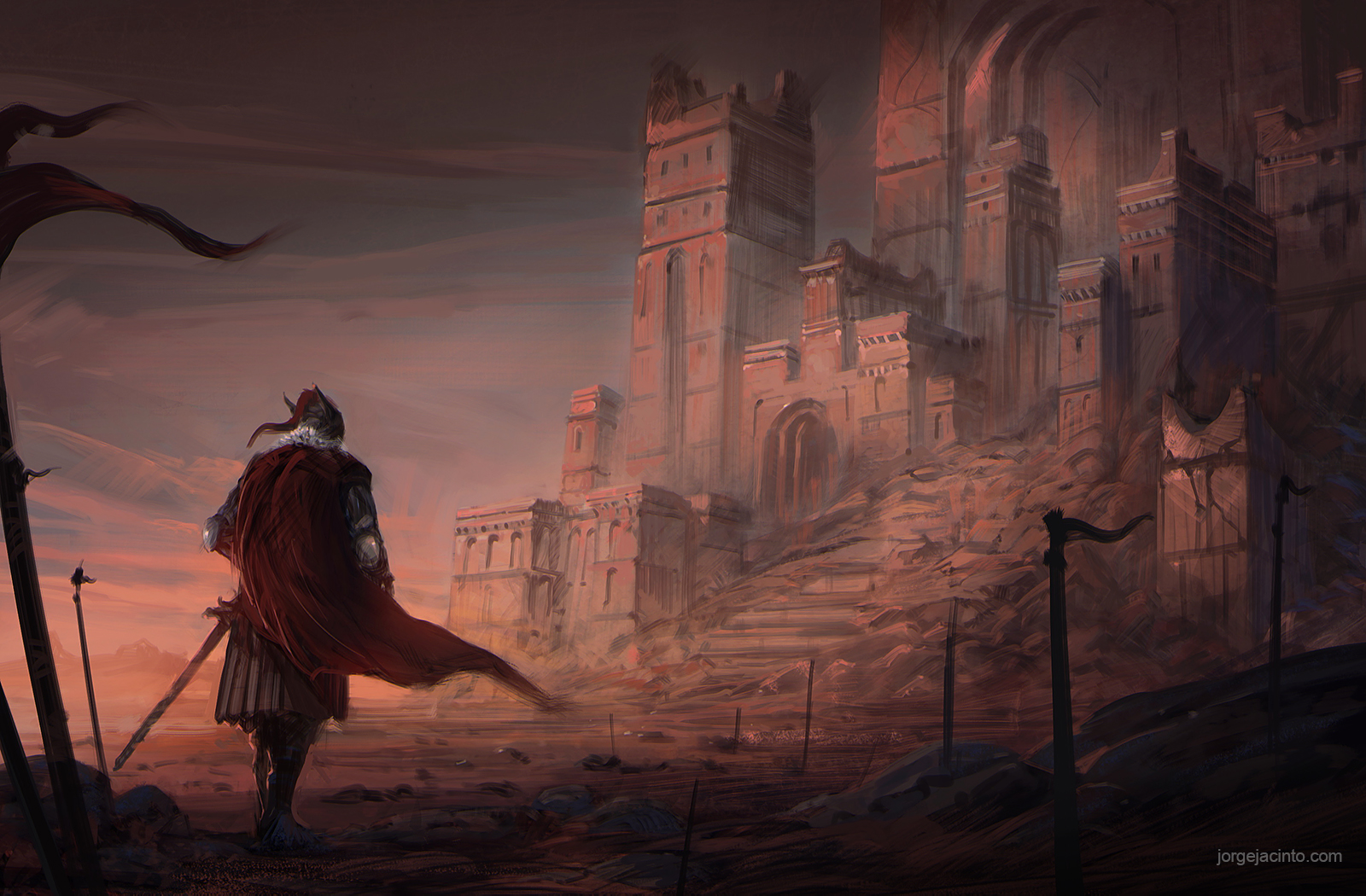I have two useful resources here: a PDF copy of X6: Quagmire and my physical copy of Champions of Mystara (CoM), especially the Explorer's Manual which gives an overview of lands in the near west of the Known World (Sind, the Great Waste, the Serpent Peninsula and Thanegia Island). It would have been nice if the folks at TSR had joined the two up a bit better but X6 was written in 1984 while CoM in 1993, between which the entire Gazetteer series had been released as well as other development of Mystara.
CoM recognises this mismatch and quite bluntly advises DMs to use the bits of X6 they can use and discard the bits that no longer fit into the more developed Serpent Peninsula. It also recommends setting X6 at a different age (425BC instead of the current 1000AC), turning X6 into a 1-shot adventure or else requiring time travel. I am not particularly comfortable with this change in century - I would like to have it in 1000AC with the rest of my campaign.
For me it is not just a matter of fitting the adventure into what we now accept as the Serpent Peninsula but also expanding on the possibilities. 32 page modules are small, convenient packages where an author can give to DMs the basics of an adventure, but I often feel there is potentially so much more to be explored but could not be fitted into this format. This adventure, after all, introduces a whole new region nearly 1000 miles from north to south.
My ideas include:
The leadership of the spiral town of Quagmire has rejected the rulership of Yavdlom and denounced their rulership by fortune telling as dark witchcraft. In return, Yavdlom has withdrawn any help from these ungrateful heretics, leaving Quagmire to fend for itself.
As in the module the two main disasters befalling the city of Quagmire are the sinking of the town and also being besieged by lizardmen who have sunk Quagmire's sailing boats, thus stranding the townsfolk in their conical town. Most of the town leadership refuse to ask Yavdlom for help, though as things have gotten worse, dissent about this attitude is growing. In desperation, the inhabitants have sent an appeal to the people of the Known World, particularly traders and adventurers in Ierendi, Sind, Darokin and Karameikos - this is the plea on the parchment read out to players.
In my version the nation of Yavdlom controls Thanegia Island, but has lost control of the Serpent Peninsula to the increasing numbers of lizardmen who have taken over the Okwonga Lowlands. The towns marked on the map in the Okwonga Lowlands I now consider to be abandoned ruins. Dkiki Mamazzi (the sea between the mainland peninsula and Thanegia island) and its islands are disputed, with lizardman raiders trying to establish footholds on different islands, such as this Lizard King's Encampment. Quagmire is on the front line of this conflict.
For the people of Quagmire the most urgent priority is food and fresh water. However, the town leadership admits that the town is no longer habitable as it is sinking into the sea, so evacuation is a second priority. This is when differences of opinion about Yavdlom surface. About half the population want to travel to Thanegia island, and try to reconcile with the prophets of Yav. But the other half, particularly the leaders, want to find a new home, perhaps further north up the peninsula. They have heard of Thanopolis, a spiral city just like Quagmire. Unlike the official module which places Thanopolis where Tanakumba, capital of Yavdlom currently is, I'm going to move Thanopolis to where Kabonero is, on the west coast of the Nakakande Rainforest. It is still infested with monsters (I would still use the encounters in the module for Thanopolis) and needs clearing out but at least it is geologically stable and the lizardmen will not expect the humans to be there.
Given both the quantities of food and water required and also the number of Quagmire residents to be relocated, a sea vessel seems necessary. According to the module there are 12 men, 14 women, and 16 children (42 people total). This is actually very small for the population of what is described as a city (although I describe it as a town, I am not sure if it even qualifies as that). Nonetheless, feeding and watering them then transporting them somewhere safer is going to require quite a logistical effort.
Should there be more buildings, conically spiralled or more conventionally shaped, in either Quagmire or Thanopolis? I think for a single adventure the one spiraled construction is enough. It might be more realistic for a proper city to have maybe a dozen such structures plus other normal buildings, but the characters are far from home after a long and probably difficult voyage and are not ready for a protracted dungeon crawl. And in each building there may be more human survivors - how many refugees can the PCs cope with on their vessel? Nonetheless, should the players and DM be okay about this, then expanding the cities is an interesting project that could develop into a mini-campaign. For Quagmire, given its sinking situation, smaller building will already be fully submerged.
The sunken city, on the western side of Dkiki Mamazzi, is interesting but is not particularly necessary for the rest of the adventure. It is out of the way of the expected paths the PCs might take, there are no human survivors there (though there is a single human captive - I'm not sure why the mermen are holding her there) and it cannot be reclaimed as a refuge for evacuees. The mermen there do not seem like worthy adversaries. That combined with the problems associated with an underwater dungeon (breathing, fire-based spells, spellbooks getting damp) make it seem more trouble than it is worth. But rather than being a fault, I see it as an opportunity for development. This could be the heart of a major merfolk settlement. A Hulean merchant ship passing through Dkiki Mamazzi got into a fight with some mermen and lost badly. Kazandra Slagomann is the sole survivor. More importantly the mermen now take a dim view of any human ships passing through their waters, whether for trade,warfare or humanitarian efforts. The PCs need to find and negotiate with the merman king at the top of this city tower. This will require considerable diplomacy and understanding what the mermen want rather than brute force. They may even release Kazandra as a sign of goodwill and offer assistance to the people of Quagmire if negotiations go well. What would really help is dealing with a predatory band of chaotic shark-kin who have developed a taste for merfolk flesh.
If travelling by land down the Serpent Peninsula, the PC party may pass through the land of the Ulimwengu. The Nakakande rain forest includes ruins of settlements and forts of the Sheyallia Elves, who fled after conflict with humans around 515BC. Some of these have been taken over by lizardfolk while others are haunted by the spirits of slain elves who may not be happy to see human intruders.
The encounters given in the module are good starters, but there will also be other random encounters - either use the random encounter tables in the back of the module or else select encounters (either monstrous or environmental) suitable to both the character party and the terrain they are travelling through. I know I am nitpicking here, but the herd of wild mules should be changed to wild onagers - mules are sterile hybrids of horses and donkeys deliberately created by humans (though I would still use the combat stats for a mule).
The new monsters at the back of the module seem underused. This may be another consequence of fitting a big wide-ranging adventure into a 32-page booklet, but it does seem odd that they give the stats and description for monsters like the pocket dragon and hunting spider but then they have no set encounter and only a single mention in the random encounters table.
The lizardman forces include many allied races, including gatormen*, caymen*, lizard kings** and bullywugs** (frog men). Various giant lizards, crocodiles, hydras and dinosaurs have been tamed and put to use by the lizardman forces, and both black and green dragons may deign to assist in return for plenty of treasure and humans for food. Although not directly involved in this conflict with the humans, there are marine humanoids in the area as well, particularly mermen, tritons* and shark-kin*.
* see Creature Collection for stats for these species
** see AD&D Fiend Folio for stats for these species
The lizardman forces are not exactly united. Some tribes are distinctly neutral and will only attack humans and demihumans if they either feel angry or very hungry. However, others (especially those who are led by gatormen and lizard kings) are chaotic in alignment and can be very cruel and rapacious towards any not of their own species. This can be seen in their spellcasters - neutral lizardfolk have druid-like shamans who draw their powers from the natural world and cast spells focused on animals, plants and the elements. Chaotic lizardfolk shamans are closer to chaos cultists in the magic they work.
I was thinking of including converted creatures from Warhammer Fantasy Battle's Lizardman army books and they can certainly be used for inspiration. In Warhammer the lizardmen are actually opposed to Chaos, so I would put them with the neutral lizardfolk. Skinks, sauruses, cold ones and even slann could be found in ancient pyramidal cities deep in the Nakakande jungle. Of course, just because the Slann are opposed to Chaos does not rule out their own inscrutable motives for sending their lizardman armies against human settlements such as Quagmire.
The sinking of Quagmire could be investigated. Is this a natural phenomenon and why has it started recently? Is it either caused by mortals (is it even possible to undermine a construction like Quagmire?) or perhaps immortals? Certainly some of the inhabitants, unhappy with the schism between Quagmire and Yavdlom, believe the sinking of Quagmire is divine retribution for turning their backs on the prophets of Yav. Given the high-fantasy nature of Mystara, some might even look for ways to reverse the sinking and stabilise the town, though this may require powerful magic.
Although not directly connected to the module, the island of Thanegia is quite substantial in size and population, and although the people of Yav have removed the worst monsters, there are plenty of wild animals including dinosaurs roaming what I consider to be borderland jungle and swamp (not quite wilderness, not quite civilised). Rogue dinosaurs, bandits, outbreaks of werepanther lycanthropy (treat as weretigers but chaotic not neutral) and jungle kobolds (a subrace of kobolds particularly skilled at climbing trees) are all potential hooks for adventures. Perhaps the Cult of Chaos from Hule has subverted and corrupted native Yavs and established cult cells here? And also watch out for the two types of ape. The dakons are quite intelligent and only attack if provoked, but the carnivorous apes live up to their name and are the reason apes have a reputation for savagery and ferocity.
The great prophet Yav is treated as a Lawful Saint in this campaign - he has achieved immortality and can grant spells to cleric followers.
